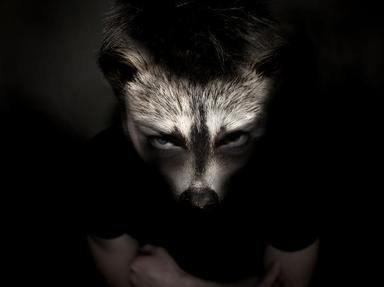Quiz Answer Key and Fun Facts
1. If you wanted to creep up on one of these large, grey animals in the wild, you would have to go to Africa or India. The African species is the largest land mammal, and a fully grown adult male can weigh over six tons. What are the animals shown in this picture?
2. This animal is often found on farms, where it is kept both for its fleece, which can be spun into wool, and for its meat, which is tender and well-flavoured. Can you identify it from this back view?
3. This is a rear view of a very useful farm animal. You can drink its milk, you can eat its meat, and you can wear its skin (in the form of leather) on your feet. What is it?
4. These domestic animals are commonly kept on farms for their meat, which is generally known as pork. They are commonly thought to have curly tails - although the ones in this picture don't! What are they?
5. This black-and-white striped animal is easily recognized from any angle. In the wild, they can be found on the plains of Africa, travelling in herds and browsing on grass and other vegetation. What is it?
6. In Western Europe and America, this domestic animal is more commonly kept as a pet, and has for many thousands of years been ridden by humans for pleasure, sport and in warfare. What is its name?
7. These tall African mammals cannot easily be mistaken for anything else, even when their distinctive long necks are cut off, as in this picture! They are just as easily recognized by their long legs and jigsaw-like brown patches of hair. What are they?
8. This animal is generally found in the wild across Europe and North America, although it is sometimes kept on farms for its meat, which is known as venison. What is its name?
9. Children who have been given cuddly toy versions of this creature would be well advised to stay clear of the wild original. Although they are not naturally aggressive, they will attack humans if they feel they or their cubs are threatened. What is this animal?
10. This animal is originally from South America, where it is kept by farmers for its soft fleece, which can be woven or knitted like wool. It looks rather like a small llama, to which it is related.
Source: Author
stedman
This quiz was reviewed by FunTrivia editor
NatalieW before going online.
Any errors found in FunTrivia content are routinely corrected through our feedback system.


